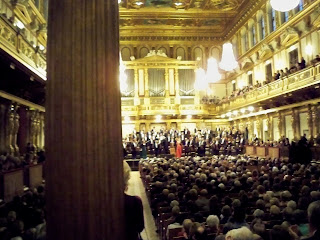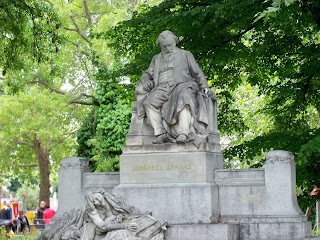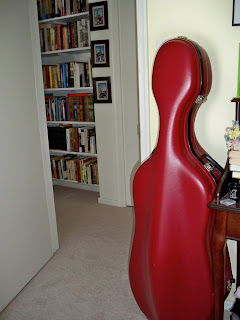Great Gate
When I work at home I walk in the suburbs; when I work downtown I walk in the city. Or, if I’m too busy for that (usually the case), I dash from one building on campus to the other. Even a few minutes away from my desk lightens my mood.
Take yesterday, for example. It was about 10 when I went for my mid-morning stroll to the cafe for a cup of tea and heard piano music coming from the small chapel in the middle of the ground floor. It was the “Great Gate of Kiev” from “Pictures at an Exhibition” by Modest Mussorgsky. A noble, stately and expansive piece. A bit grand for a coffee break, but I wasn’t complaining. I slowed my pace, I listened as long as I could. I was all tingly from the swell of sound.
The Great Gate of Kiev Mussorgsky celebrated wasn’t ever a real gate, but the artist Victor Hartmann’s design for it (pictured in the copyrighted image above; pardon the “watermark”). The gate was never built. It is the art and the music that remain.






